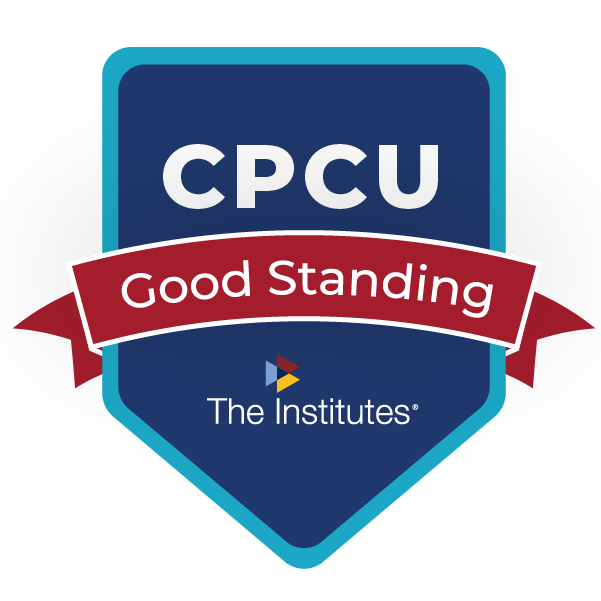A Cure for the CD Blues
May 2, 2018 – Stored lovingly in the back of a closet in my house rests a box filled with vinyl record albums of (mostly) rock ‘n’ roll artists whose music I listened to growing up.
From The Allman Brothers Band to The Zombies, these Long Player, or LP, discs, once turntable-revolving staples of my high school, college and early professional career existence, now lie dormant, an undignified, coffined homage to my younger self.
 Compact discs, or CDs, offering digitally enhanced sound, emerged in the 1980s and became the preferred medium for most of the music-listening public for several decades, easily outlasting 8-track tapes which had a brief run.
Compact discs, or CDs, offering digitally enhanced sound, emerged in the 1980s and became the preferred medium for most of the music-listening public for several decades, easily outlasting 8-track tapes which had a brief run.
Now that streaming services have emerged, threatening to relegate CDs to the same passé status as the LPs they themselves supplanted a generation earlier, I am reluctantly making room in the closet for my CD collection even if I have yet to publish its obituary.
Non-Musical CDs
Certificates of Deposit (aka CDs – no relation to compact discs), offer investors a haven for funds they can afford to set aside for a period of time. Generally available at any FDIC-insured bank, they usually pay interest which is around 25 to 50 percent better than what’s available in a typical savings account, depending on the term.
Today’s available 3-year CD Rate = 2.80%
Individuals seeking the highest possible return with the lowest possible risk often choose CDs when they want to “live off the interest” and preserve their capital.
Even multi-million dollar trusts often have a CD component for the security portion of the assets under management.
What’s Better Than a CD?
No, not two CDs. Multi-Year Guaranteed Annuities. If you invest in CDs and never heard of MYGAs, you’ll want to learn about them. Especially if you are within a few years of or are already in retirement.
Today’s available 5-Year MYGA Rate = 3.80%
Multi-Year Guaranteed Annuities (MYGAs) work just like longer term CDs except you’re dealing with an insurance product (regulated by the state) instead of a bank offering (regulated by the Federal Government). You simply purchase a single premium fixed deferred annuity which guarantees a fixed rate of return through the maturity date.
The best part of MYGAs is that they pay roughly 33% more (5-year MYGAs) than bank CDs (which, remember, are already 25% to 50% better than savings rates).
Bonus MYGA Advantage: Whereas CD owners receive 1099-INTs each year for interest earned (unless held within a qualified retirement account), MYGA owners can roll funds over into the next year until maturity at which point all accumulated interest not previously withdrawn (along with original principal) becomes due and payable. Optionally, contracts can then automatically renew at prevailing rates or be rolled into another MYGA.
As with CDs, you forfeit some flexibility with MYGAs in exchange for the enhanced returns (penalties for early withdrawal are the same for both CDs and MYGAs) but by staggering maturity dates, some of the opportunity cost can be mitigated.
If your desire is to stash away some cash for a few years and get the best possible return with the least possible risk, MYGAs may be right for you.
Your ability to purchase a MYGA depends upon the source of your funds since different tax rules apply and not all funds will be eligible. Other factors to consider include age, suitability, minimum deposit requirements and risk tolerance but they’re certainly worth inquiring about if safety and principal protection are key objectives.
Just Put Those Old CDs On the Shelf
Whether funded using personal injury settlement proceeds or your retirement savings, MYGAs are an excellent choice for money that you can’t risk losing and won’t need until age 59½ or later. Often paying nearly a full percentage point more interest than CDs, it’s an easy choice for the CD-oriented crowd.
Within the broad range of structured settlement and retirement income options, Multi-Year Guaranteed Annuities can play a significant role as part of one’s overall financial plan for anyone desiring to safely set aside funds with specific target maturity dates of 3 to 10 years.
Now, if you’ll excuse me, I need to end this post because I feel this sudden urge to “. . . reminisce about the days of old with that old-time rock ‘n’ roll.”
(Even if I have to stream the music)
One final word of caution: DO NOT listen to those self-interested financial planners who say they hate annuities. Pull back the curtain to understand their feigned cynicism by reading one of my earlier blog posts: Great News for Annuities. You can thank me later when you didn’t lose any money.
CD photo courtesy of Giovanni Sades at FreeDigitalPhotos.net
Posted: May 2, 2018 | by dan | Category: Articles, Blog, Retirement, Structured Settlements

















